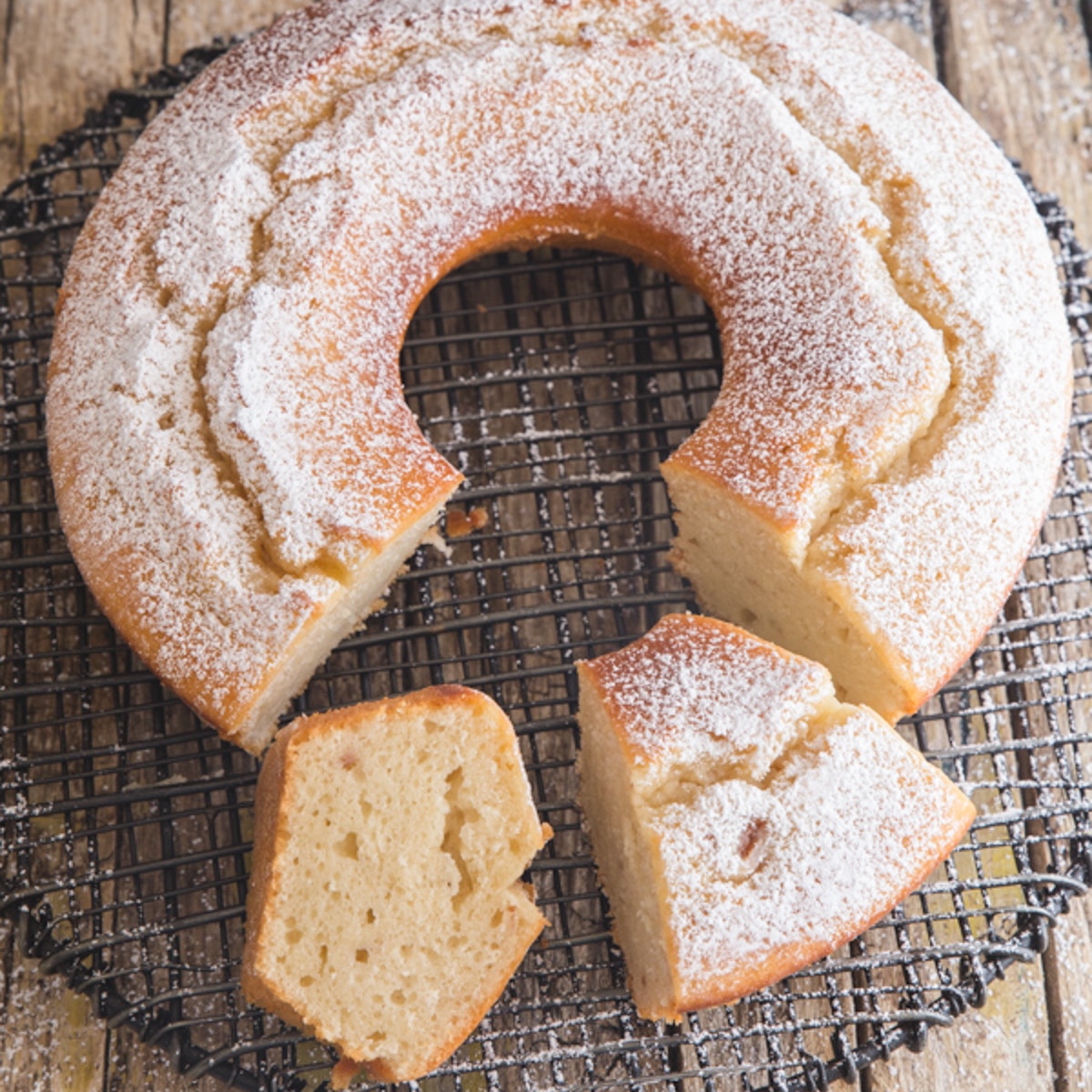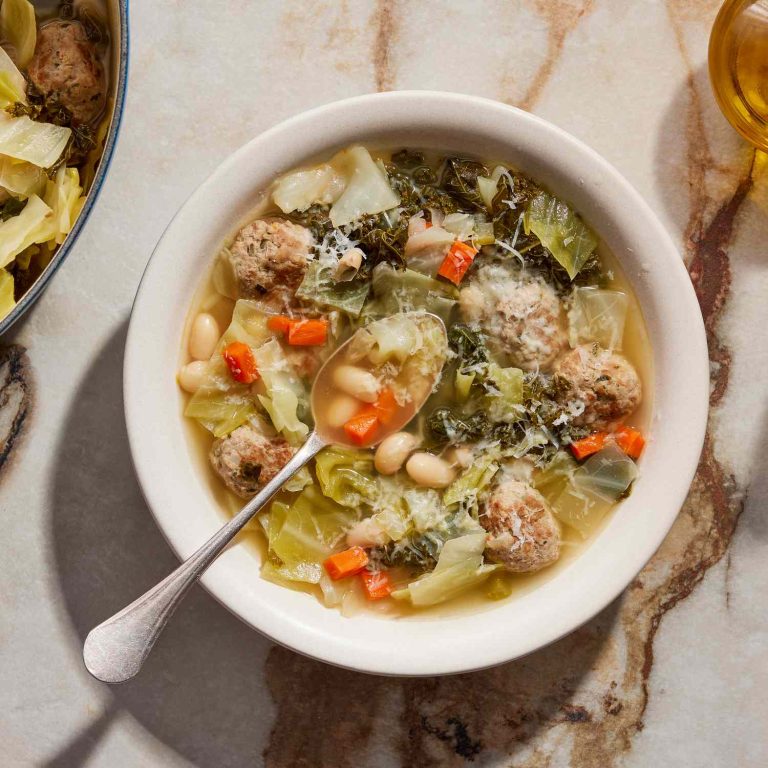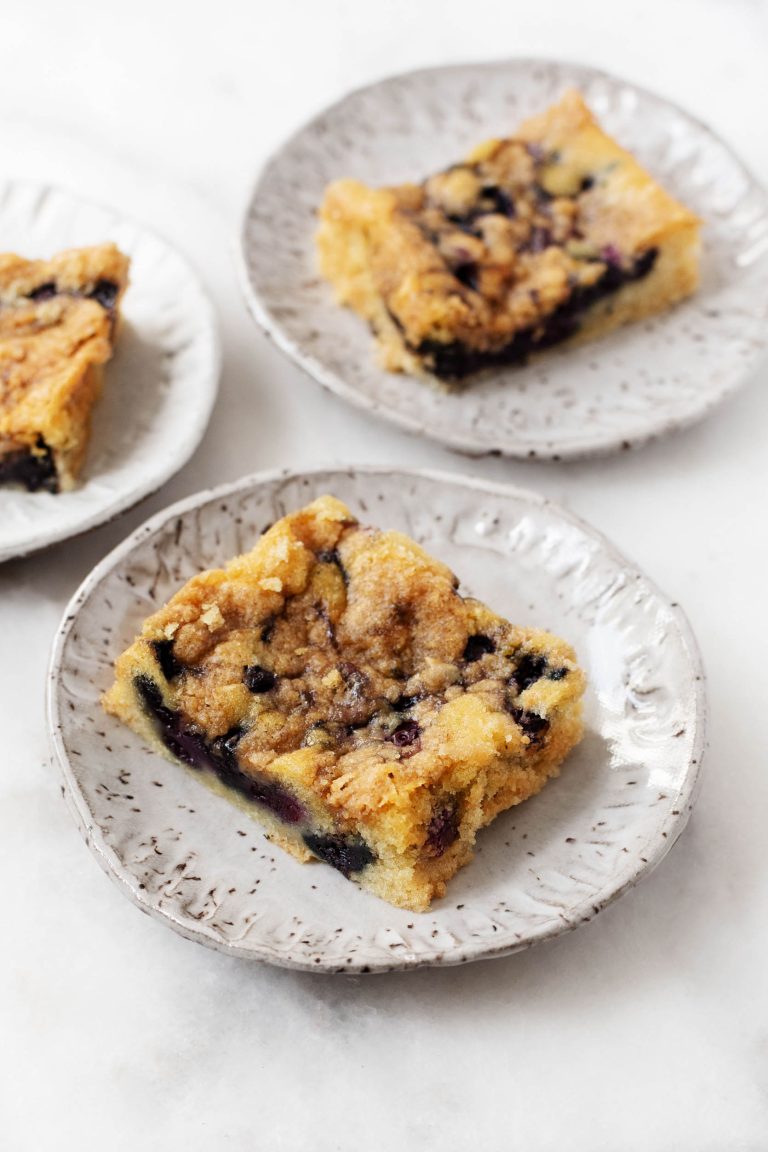Yogurt Cake Recipe
Yogurt, dating back to 5000 BCE, has roots in Central Asia and the Middle East. Fermentation helped preserve milk, turning it into a nutritious staple. Combining yogurt with cake likely began in these regions, blending local ingredients to create early versions of yogurt cake. Historical texts indicate that ancient Mediterranean and Middle Eastern cultures used yogurt in various dessert recipes, hinting at yogurt cake’s long-standing presence.
Yogurt Cake Across Different Cultures
In France, yogurt cake (gâteau au yaourt) became popular due to its simplicity. Often a child’s first baking experience, the recipe uses the yogurt container to measure ingredients. Greek yogurt cake, known as yaourtopita, incorporates Greek yogurt’s thick texture, adding a rich twist. In Italy, variations include Torta di Yogurt, often flavored with citrus zest. Each culture brings unique flavors to yogurt cake, showcasing its global appeal and adaptability.
Key Ingredients in a Classic Yogurt Cake
The Role of Yogurt in Baking
Yogurt adds moisture to the cake. Its acidity helps activate baking soda, which leads to a better rise. The tanginess of yogurt also balances sweetness, giving the cake a more complex flavor. Regular plain yogurt or Greek yogurt works; Greek yogurt creates a denser texture due to its thickness.
Additional Variations to Enhance Flavor
Lemon zest adds a citrusy aroma. Vanilla extract deepens the flavor profile, while almond extract offers a nutty twist. Fresh berries (like blueberries and strawberries) or nuts (such as almonds and walnuts) provide texture and bursts of flavor. Honey serves as a natural sweetener, complementing the yogurt’s tang.
- Lemon Zest: Citrus aroma
- Vanilla Extract: Deepened flavor profile
- Almond Extract: Nutty twist
- Fresh Berries: Texture and bursts of flavor
- Nuts: Crunch and additional taste profiles
- Honey: Natural sweetness
Step-by-Step Recipe for Making Yogurt Cake
Preparation Tips for Beginners
Ensure all ingredients are at room temperature before you begin mixing. This ensures even blending and a smoother batter. Use a kitchen scale instead of measuring cups for more accurate measurements since precision is critical in baking. Prepare your baking pan by greasing it well and lining the bottom with parchment paper to prevent sticking.
When mixing, start with dry ingredients in one bowl and wet ingredients in another. Combine them gradually to avoid lumps and ensure a consistent texture. Sift your flour and baking powder to incorporate air, resulting in a lighter cake. Use a rubber spatula to fold yogurt gently into the batter, preserving the texture and airiness.
Common Mistakes to Avoid
Avoid overmixing the batter once you’ve added the dry ingredients to the wet mixture. Overmixing can lead to a dense and tough cake. Ensure you preheat your oven to the correct temperature, typically 350°F (175°C), as an improper oven temperature can affect the cake’s rise and texture. Use an oven thermometer if your oven’s temperature is unreliable.
Do not open the oven door frequently while baking; this can cause the cake to deflate. Test for doneness by inserting a toothpick into the center of the cake; it should come out clean or with a few dry crumbs. Overbaking will result in a dry cake, so keep an eye on the clock and start checking a few minutes before the total baking time indicated in your recipe.
Nutritional Benefits of Yogurt Cake
Healthier Sweet Treat Options
Yogurt cake offers a healthier alternative to traditional cakes. Regular sugar-laden cakes can contribute to health issues like obesity and diabetes, but yogurt cake incorporates yogurt, reducing the need for excessive sugar and fat. Greek yogurt, a common ingredient, is high in protein and probiotics which aid digestion and support a healthy gut.
Rich in Protein and Calcium
Yogurt, the main ingredient in yogurt cake, boosts protein and calcium intake. Protein is essential for muscle repair and growth, while calcium strengthens bones and teeth. A slice of yogurt cake can provide a substantial portion of your daily protein and calcium requirements.
Supports Digestive Health
Probiotics in yogurt improve gut health by maintaining a balanced intestinal flora. A balanced gut flora enhances digestion and boosts the immune system. By consuming yogurt cake, you can enjoy these digestive benefits in a delicious form.
Lower in Sugar and Fat
Yogurt cake recipes often require less sugar and fat compared to traditional cakes. This reduction does not compromise taste and makes it a suitable option for those monitoring their calorie intake. You can enjoy a satisfyingly sweet treat with fewer health risks.
Packed with Essential Vitamins
Yogurt contains various vitamins, such as B12 and riboflavin, which are crucial for cellular energy production and red blood cell formation. Including these vitamins in your diet through yogurt cake can support overall energy levels and metabolic functions.
Natural Sweeteners and Flavors
Many yogurt cake recipes use natural sweeteners and flavorings like honey, berries, lemon zest, and vanilla. These ingredients not only enhance the cake’s taste but also add nutrients and antioxidants. Natural sweeteners reduce the need for refined sugars, contributing to a healthier dessert option.
Yogurt Cake Pairings and Serving Ideas
Best Drinks to Accompany Yogurt Cake
Pairing drinks with yogurt cake enhances the overall dining experience. Complement the cake’s creamy texture and mild tang with drinks that balance or amplify these flavors.
- Coffee: The bitterness of coffee contrasts well with the sweetness of yogurt cake. Espresso or a light roast balances the cake’s moisture.
- Tea: Green tea or chamomile offers a subtle flavor that pairs harmoniously with yogurt cake. These teas bring out the cake’s delicate notes.
- Milk: A classic choice, milk complements the cake’s texture. Both regular and almond milk work well.
- Wine: A light, sweet wine like Moscato enhances the yogurt cake’s flavors. Opt for dessert wines if you prefer a richer taste.
Occasions Perfect for Yogurt Cake
Yogurt cake suits a variety of occasions due to its versatile nature. Serve this delightful dessert in diverse settings to match its simplicity and richness.
- Brunch: The lightness of yogurt cake makes it an ideal brunch item. Pair it with fresh fruits and yogurt for a balanced meal.
- Tea Parties: Its refined flavor and texture make yogurt cake perfect for tea parties. Serve it alongside an assortment of teas.
- Family Gatherings: Easy to prepare and universally loved, yogurt cake is a hit at family gatherings. It caters to both children and adults.
- Birthdays: For a lighter, healthier birthday cake option, yogurt cake is an excellent choice. Customize with different toppings to suit individual preferences.
Conclusion
Yogurt cake is more than just a delightful dessert; it’s a testament to culinary tradition and innovation. Whether you’re looking for a healthier sweet treat or a versatile dish for various occasions, yogurt cake stands out with its unique flavor and texture. Its nutritional benefits and easy preparation make it an ideal choice for both novice and experienced bakers. So next time you’re in the mood for something special, give yogurt cake a try. You might just find it becoming a favorite in your home.






